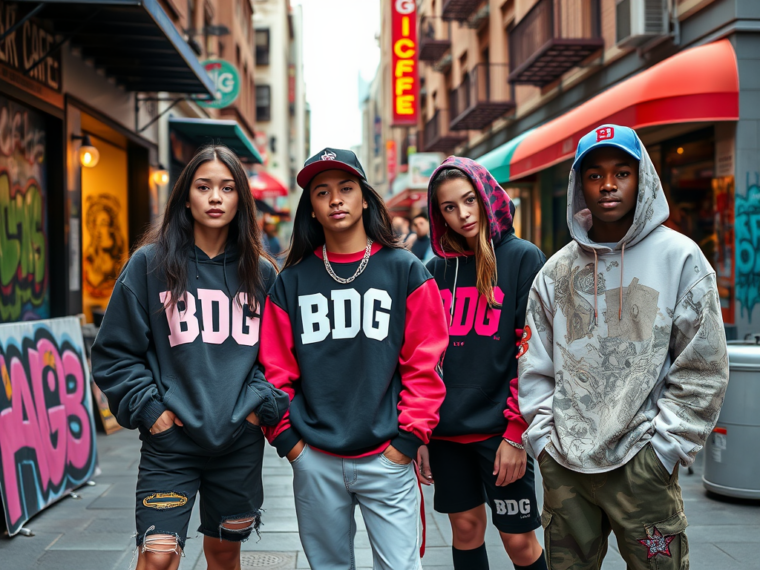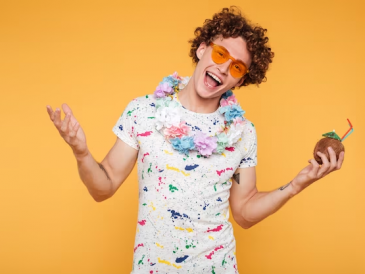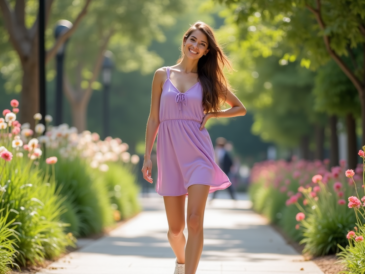Urban Outfitters has carved a unique niche in the retail landscape, appealing to a youthful demographic with its vibrant and eclectic offerings. One of its standout sub-brands is BDG, which has garnered a loyal following for its trendy streetwear and contemporary designs. In this article, we delve into what BDG stands for, its evolution, and the broader context of Urban Outfitters’ innovative sub-brands. By understanding the fabric that weaves these brands together, we’ll uncover how Urban Outfitters adapts to ever-shifting consumer demands and lifestyle trends. With an emphasis on inclusivity, sustainability, and cultural relevance, BDG embodies a fusion of urban lifestyle and fashion. This exploration reveals not just the brand’s journey but also highlights the ingenious strategies employed by Urban Outfitters to remain at the forefront of the retail world.
Understanding BDG
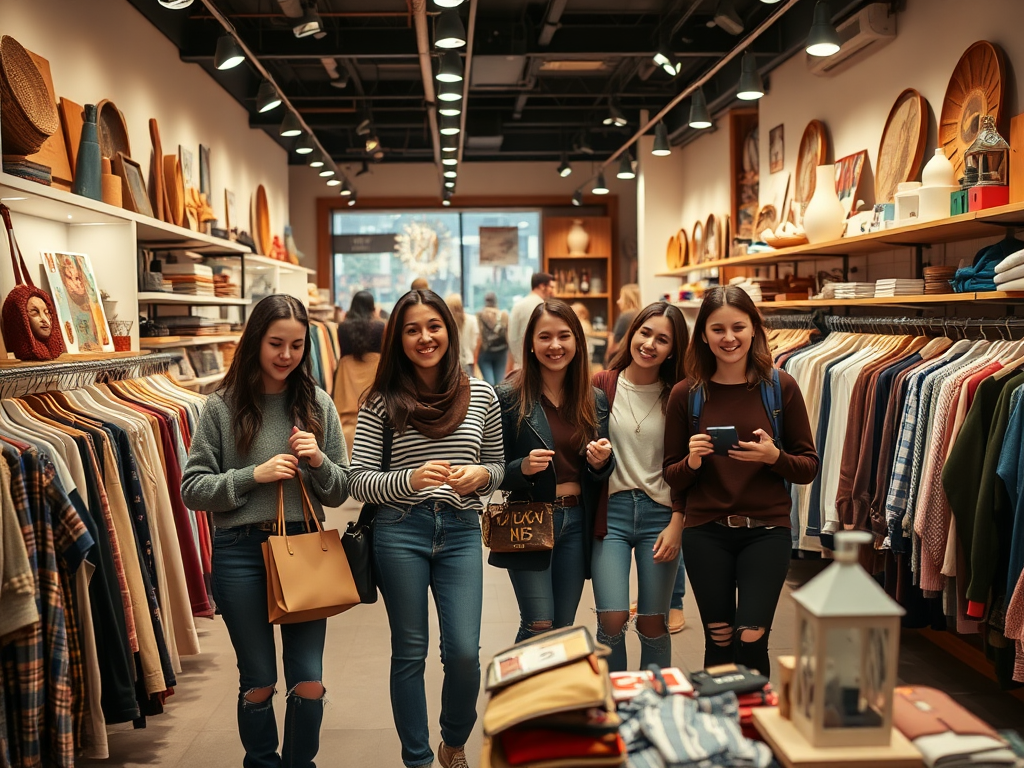
BDG is often thought of as an acronym, but it signifies something much deeper—an embodiment of a lifestyle that reflects urban culture and diverse fashion choices. This sub-brand resonates with a generation that values self-expression and authenticity in their clothing. The BDG brand identity caters primarily to younger adults, particularly those in their late teens to early twenties. They seek stylish yet affordable clothing that feels relatable and speaks to their unique identities. Consequently, the marketing strategies for BDG focus heavily on social media engagement and influencer collaborations, aligning the brand with the digital lifestyles of its audience. Furthermore, consumers gravitate towards brands that mirror their values, and BDG fulfills this by emphasizing sustainability and ethical practices.
By showcasing a blend of streetwear styles, BDG captures the essence of contemporary youth culture. The inclusive sizing and versatile designs cater to a wide range of body types and personal styles, aligning perfectly with today’s fashion-forward mindset.
The Evolution of Urban Outfitters Sub-Brands
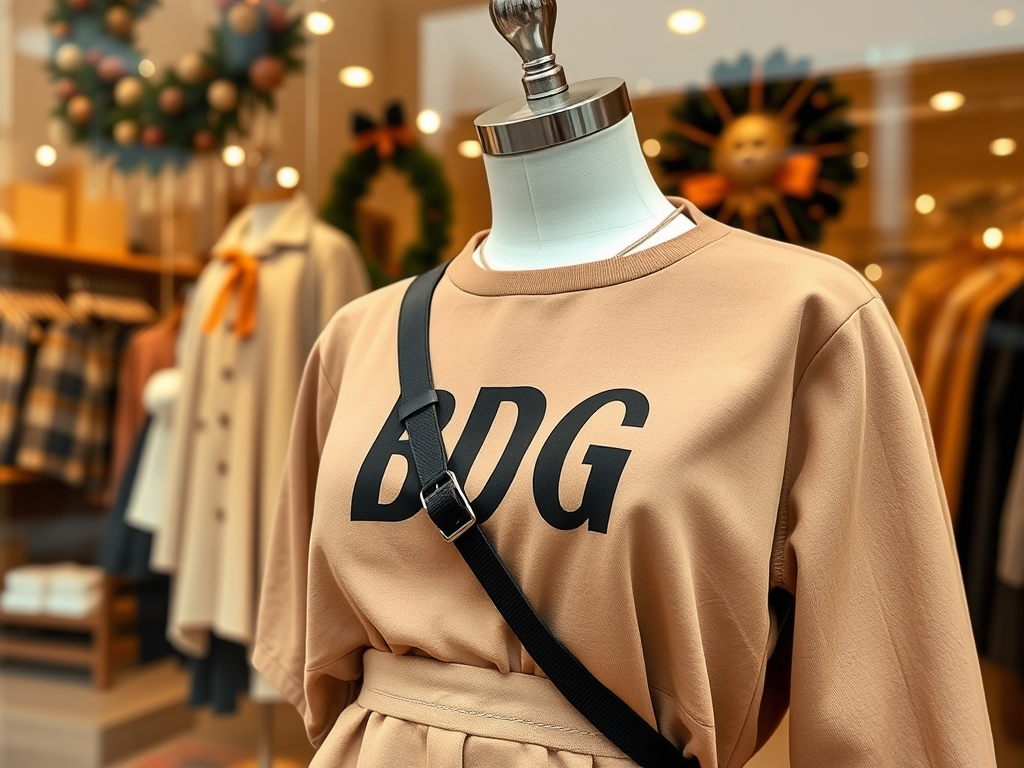
Urban Outfitters operates several sub-brands, each designed to resonate with specific customer segments. This diversification enhances the overall shopping experience, allowing customers to explore various styles under one roof. The following list highlights some key sub-brands under the Urban Outfitters umbrella:
- BDG: Focused on contemporary streetwear.
- Free People: Aimed at women seeking bohemian and artistic apparel.
- Anthropologie: A higher-end brand for eclectic fashion and home goods.
- UO Home: Styled offerings for home decor and furnishings.
As trends evolve, so too do Urban Outfitters’ sub-brands. BDG exemplifies this adaptability by continually refining its offerings to capture the essence of streetwear—a style characterized by its casual yet bold aesthetic.
The brands under Urban Outfitters cater to various market segments, allowing them to remain relevant in a competitive landscape. Here’s a visual overview of how these sub-brands have evolved:
| Sub-Brand | Target Audience | Primary Style |
|---|---|---|
| BDG | Young Adults | Contemporary Streetwear |
| Free People | Young Women | Bohemian |
| Anthropologie | Women of all Ages | Eclectic & High-End |
| UO Home | Home Decor Enthusiasts | Modern & Trendy |
The role of each sub-brand, particularly BDG, adds a crucial layer to the Urban Outfitters portfolio. BDG, with its street-wise appeal, plays a significant part in attracting the younger demographic who prioritize fashion-forward choices without breaking the bank.
Trends Influencing the Sub-Brands
The rise of BDG can be attributed to several prevailing trends in the fashion industry—trends that align with Urban Outfitters’ broader strategic objectives. These trends are pivotal in shaping how sub-brands are developed and marketed.
- Sustainability: The fashion landscape is witnessing a shift towards sustainable and ethically produced clothing. BDG’s incorporation of eco-friendly materials reflects the industry’s direction.
- Streetwear Dominance: Streetwear continues to evolve, with BDG adapting its offerings to align with this trend, ensuring Urban Outfitters maintains cultural relevance.
- Consumer Empowerment: Today’s shoppers are more informed and conscious about their choices. BDG’s inclusive approach to sizing and design empowers customers to embrace their individuality.
Conclusion
BDG represents more than just a line of clothing; it symbolizes a contemporary lifestyle that resonates with the youth of today. The evolution of Urban Outfitters’ sub-brands is a testimony to the brand’s ability to adapt and thrive in a competitive retail landscape. By understanding the intricacies of BDG and its offerings, consumers can appreciate not just the fashion but the cultural significance behind it. As Urban Outfitters continues to innovate and evolve, BDG stands as a crucial component of its strategy to engage a dynamic and discerning audience.
Frequently Asked Questions
- What does BDG stand for? BDG is a sub-brand of Urban Outfitters that focuses on contemporary streetwear, embodying a youthful and urban identity.
- How did BDG evolve? BDG evolved from Urban Outfitters’ recognition of the growing demand for streetwear and a desire to appeal to a younger demographic looking for trendy, affordable fashion.
- What other sub-brands are under Urban Outfitters? Other notable sub-brands include Free People, Anthropologie, and UO Home, each catering to different market segments within the retail space.
- Is BDG committed to sustainability? Yes, BDG is focused on incorporating sustainable materials in its production process, reflecting a broader trend toward ethical consumption in the fashion industry.
- Who is the target audience for BDG? BDG primarily targets young adults and teens who are interested in stylish, affordable, and contemporary streetwear.
